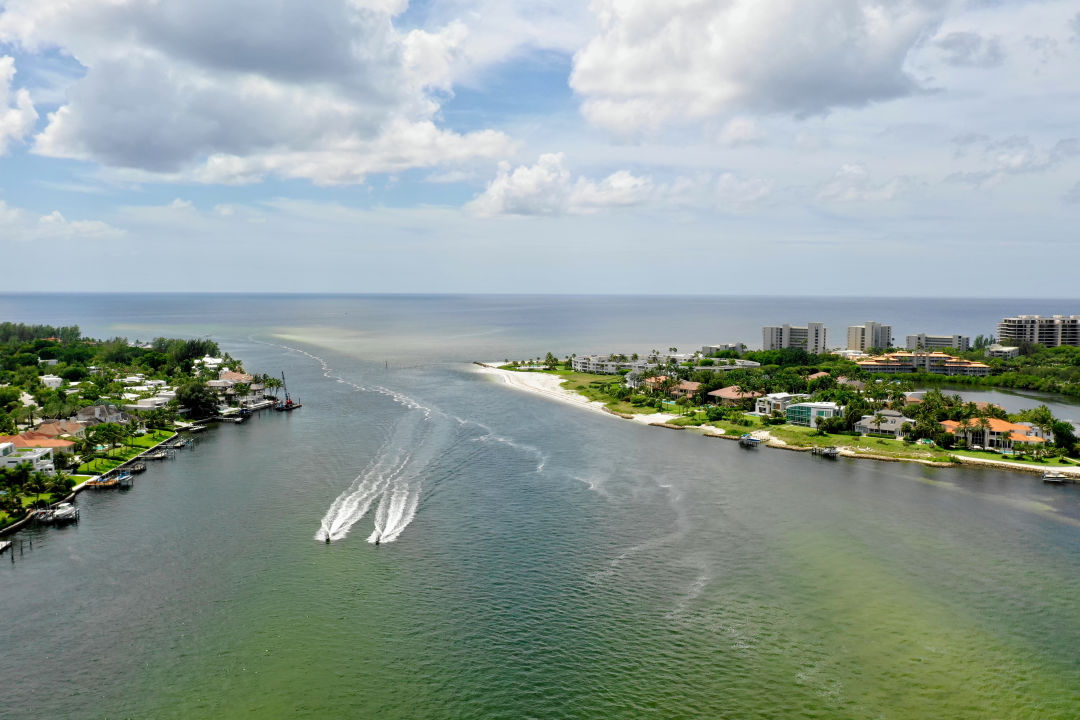New Study Quantifies the Economic Cost of 2018 Red Tide Bloom

Red tide in 2018
Image: Ryan McGill/Shutterstock.com
Researchers recently released two new indexes to gauge the severity of red tide events in the Gulf of Mexico. The Bloom Severity Index and the Respiratory Index offer a standardized, objective way to gauge how severe red tides are.
The indexes showed that the so-called “2018 bloom”—which actually occurred from October 2017-January 2019—was the most severe bloom ever documented. A recent study published in the journal Tourism Economics, bThe y the University of Florida, quantified the financial impact the 2018 bloom had on Florida's economy, using the Airbnb market as a gauge for the broader impacts. The study, which was funded by the Gulf of Mexico Coastal Observing System (GCOOS) and NOAA's National Centers for Coastal Ocean Science (NCCOS), reviewed Airbnb property and reservation data and estimated there was approximately $184 million in losses in the tourism sector.



